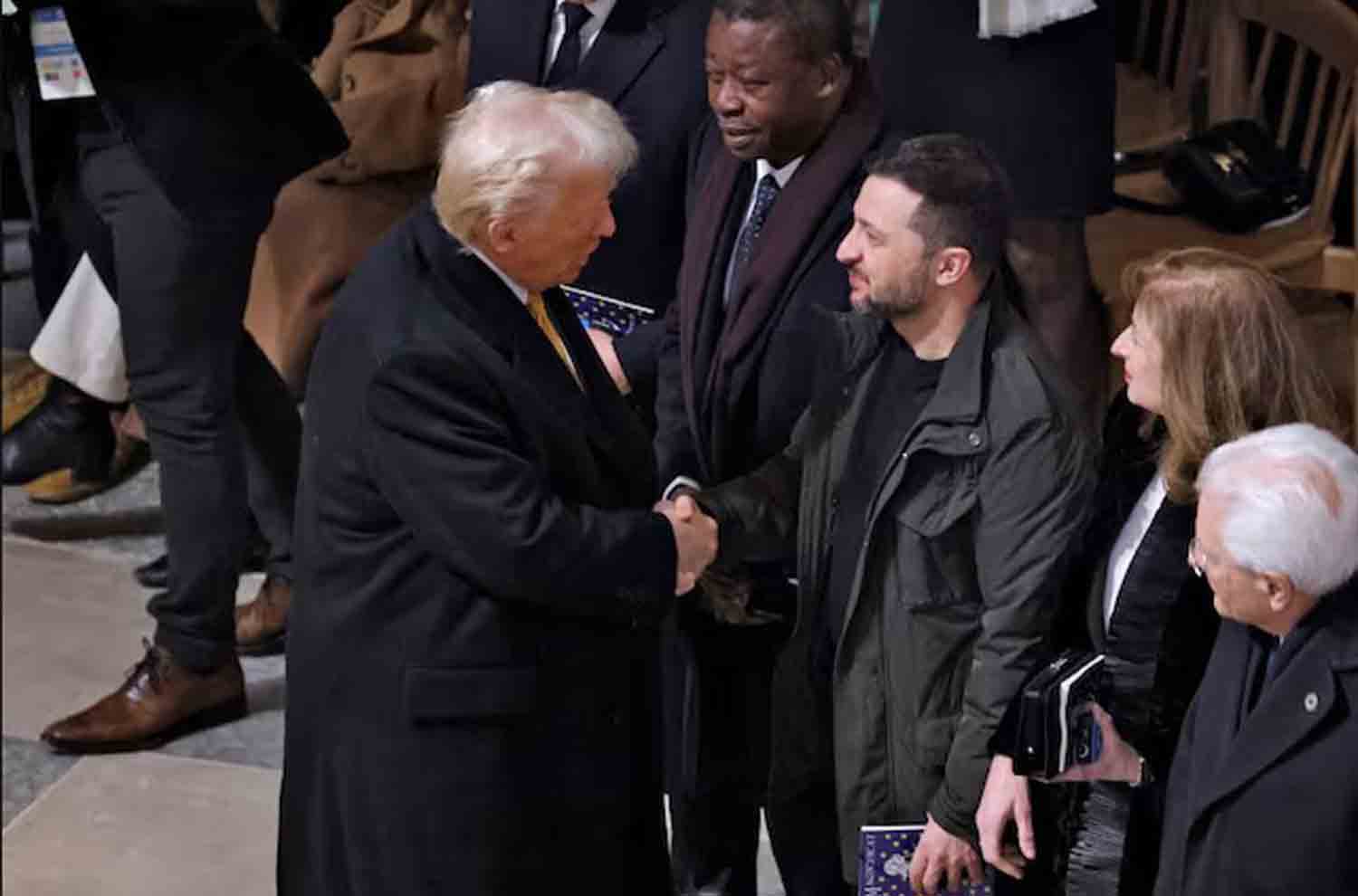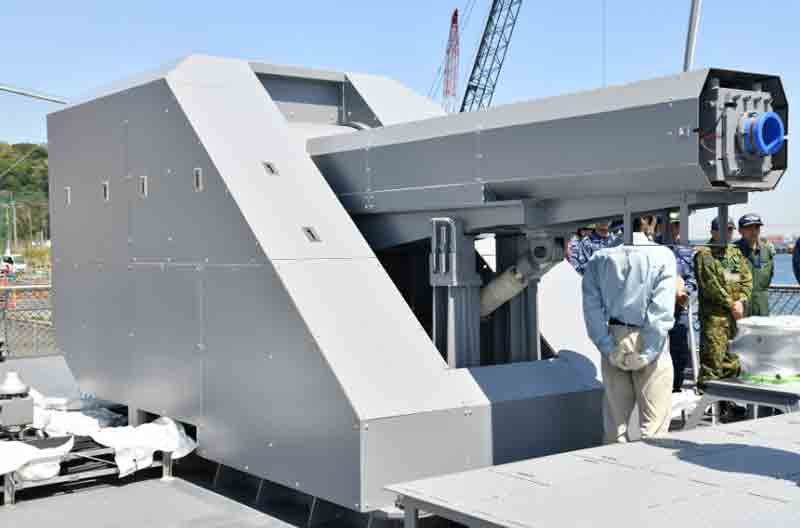During his campaign, Donald Trump frequently asserted that he could resolve the conflict between Russia and Ukraine “in 24 hours” once he assumed office. However, his rhetoric has shifted since he returned to the presidency.
As various U.S. representatives have engaged in discussions aimed at ending the war, both Trump and his senior officials have adopted a more cautious stance regarding the likelihood of a peace agreement. On Friday, Secretary of State Marco Rubio indicated that the U.S. might soon withdraw from negotiations if no significant progress is made, which seemed to contradict the president’s earlier statements.
It is common for the promises made by presidential candidates to be challenged by the complexities of governance. Nevertheless, Trump’s change in tone is particularly significant given his previous presidency and his long-standing relationships with both Russian President Vladimir Putin and Ukrainian President Volodymyr Zelenskyy.
The White House did not provide an immediate response to a request for comment regarding Trump’s shifting remarks about deadlines.
Here’s an overview of Trump’s changing perspective on the Russia-Ukraine conflict:
‘A very easy negotiation’
MARCH 2023: “There’s a very easy negotiation to take place. But I don’t want to tell you what it is because then I can’t use that negotiation; it’ll never work,” Trump stated during an interview with Fox News Channel’s Sean Hannity, asserting that he could “solve” the war “in 24 hours” if he were back in the White House.
“But it’s a very easy negotiation to take place. I will have it solved within one day, a peace between them,” Trump remarked about the war, which had been ongoing for over a year since Russia’s full-scale invasion of Ukraine in February 2022.
MAY 2023: During a CNN town hall, Trump stated, “They’re dying, both Russians and Ukrainians. I want this to stop. I will make it happen — I will make it happen within 24 hours.”
JULY 2024: In response to Trump’s assertion about resolving the conflict in a day, Russia’s UN Ambassador Vassily Nebenzia remarked to reporters that “the Ukrainian crisis cannot be resolved in just one day.” Following this, Trump campaign spokesperson Steven Cheung emphasized that “a key focus of his second term will be to swiftly negotiate an end to the Russia-Ukraine war.”
AUGUST 2024: At a National Guard Conference, Trump declared, “Before I even step into the Oval Office, shortly after winning the presidency, I will have the devastating war between Russia and Ukraine resolved. I will resolve it very quickly. I don’t want you all going over there. I don’t want you going over there.”
After Trump’s victory in November
DEC. 16, 2024: During a press conference at his Mar-a-Lago club, Trump expressed, “I’m going to try,” when asked if he believed he could broker a deal with Putin and Zelenskyy to end the conflict.
JAN. 8, 2025: In an interview with Fox News Channel, retired Lt. Gen. Keith Kellogg, now serving as Trump’s special envoy to Ukraine and Russia, suggested a 100-day timeline to conclude the war. That Friday marked 100 days since the interview, with the 100th day of Trump’s presidency falling on April 30.
Trump assumes presidency and initiates negotiations
JAN. 31: Trump announces that his administration has engaged in “very serious” discussions with Russia, suggesting that he and Putin may soon take “significant” steps to resolve the ongoing conflict.
“We will be in talks, and I believe we might achieve something substantial,” Trump stated during a press interaction in the Oval Office. “Our goal is to end that war, which would not have begun if I had been president.”
FEB. 12: Trump and Putin converse for over an hour, after which Trump speaks with Zelenskyy. Following these discussions, Trump remarks, “I believe we are on the path to achieving peace.”
FEB. 19: Trump shares on his Truth Social platform that Zelenskyy is acting as a “dictator without elections.” He further claims, “We are successfully negotiating an end to the war with Russia, something that only ‘TRUMP’ and the Trump Administration can accomplish.”
FEB. 28: Trump and Zelenskyy have a tense meeting in the Oval Office. Trump criticizes Zelenskyy for being “disrespectful” and abruptly cancels the signing of a minerals agreement that he claimed would have brought Ukraine closer to resolving the conflict.
Positioning himself as “in the middle” and not favoring either Ukraine or Russia, Trump criticized Zelenskyy’s “hatred” for Putin as an obstacle to peace.
“You can see the animosity he has for Putin,” Trump remarked. “That makes it very challenging for me to broker a deal with that level of animosity.”
Following Trump’s outburst, Zelenskyy was asked to leave the White House by senior Trump advisors. Trump later informed reporters that he desired an “immediate ceasefire” between Russia and Ukraine but expressed skepticism about Zelenskyy’s willingness to pursue peace.
MARCH 3: Trump temporarily halts military assistance to Ukraine to encourage Zelenskyy to pursue peace negotiations.
Trump asserts his 24-hour claim was made in jest
MARCH 14: Trump stated that his assertion as a candidate about resolving the Russia-Ukraine conflict within 24 hours was intended to be “a little bit sarcastic.”
In a clip from an interview with the “Full Measure” television program, Trump explained, “I was being a little bit sarcastic when I said that. What I truly mean is that I would like to see it resolved, and I believe I can be successful in doing so.”
MARCH 18-19: Trump engages in discussions with both Zelenskyy and Putin on consecutive days.
During a call on March 18, Putin informed Trump that he would refrain from targeting Ukraine’s energy infrastructure but declined to agree to a full 30-day ceasefire that Trump had suggested. Following this, Trump took to social media to celebrate the development, stating it came “with an understanding that we will be working swiftly towards a Complete Ceasefire and, ultimately, an END to this very terrible War between Russia and Ukraine.”
In a conversation with Zelenskyy the next day, Trump proposed that Ukraine consider transferring ownership of its power plants to the U.S. to ensure their long-term security. He indicated that the U.S. could provide significant assistance in managing those plants, leveraging its expertise in electricity and utilities, as noted in a statement from Secretary of State Marco Rubio and national security adviser Mike Waltz.
APRIL 14: Trump assigns blame to everyone: Zelenskyy, Putin, and Biden.
“This is a conflict that should never have been allowed to begin. Biden could have prevented it, Zelenskyy could have intervened, and Putin should never have initiated it,” Trump stated to reporters in the Oval Office.
Discussion of moving forward
APRIL 18: Rubio indicates that the U.S. may “move on” from efforts to secure a peace agreement between Russia and Ukraine if no progress is made in the near future.
He made these comments in Paris following significant discussions among U.S., Ukrainian, and European officials, which yielded preliminary steps toward peace and seemed to show some long-awaited advancements. A new meeting is anticipated next week in London, and Rubio hinted that it could be crucial in deciding whether the Trump administration will maintain its involvement.
“We are approaching a point where we need to determine if this is feasible or not,” Rubio told reporters. “If it’s not, then I believe we will simply move on. This is not our conflict. We have other priorities to address.”
He mentioned that the U.S. administration aims to reach a decision “within days.”
Later that day, Trump echoed Rubio’s sentiment at the White House, stating that a Ukraine peace agreement needs to be reached “quickly.”
“I don’t have a specific timeline, but it needs to happen soon. We want to finalize it,” he remarked.
Acknowledging that “Marco is right” about the need for a shift in the negotiation dynamics, Trump refrained from indicating that he is prepared to abandon peace talks.
“Well, I don’t want to say that,” Trump commented. “But we want to see this resolved.”
Discover more from Defence Talks | Defense News Hub, Military Updates, Security Insights
Subscribe to get the latest posts sent to your email.





